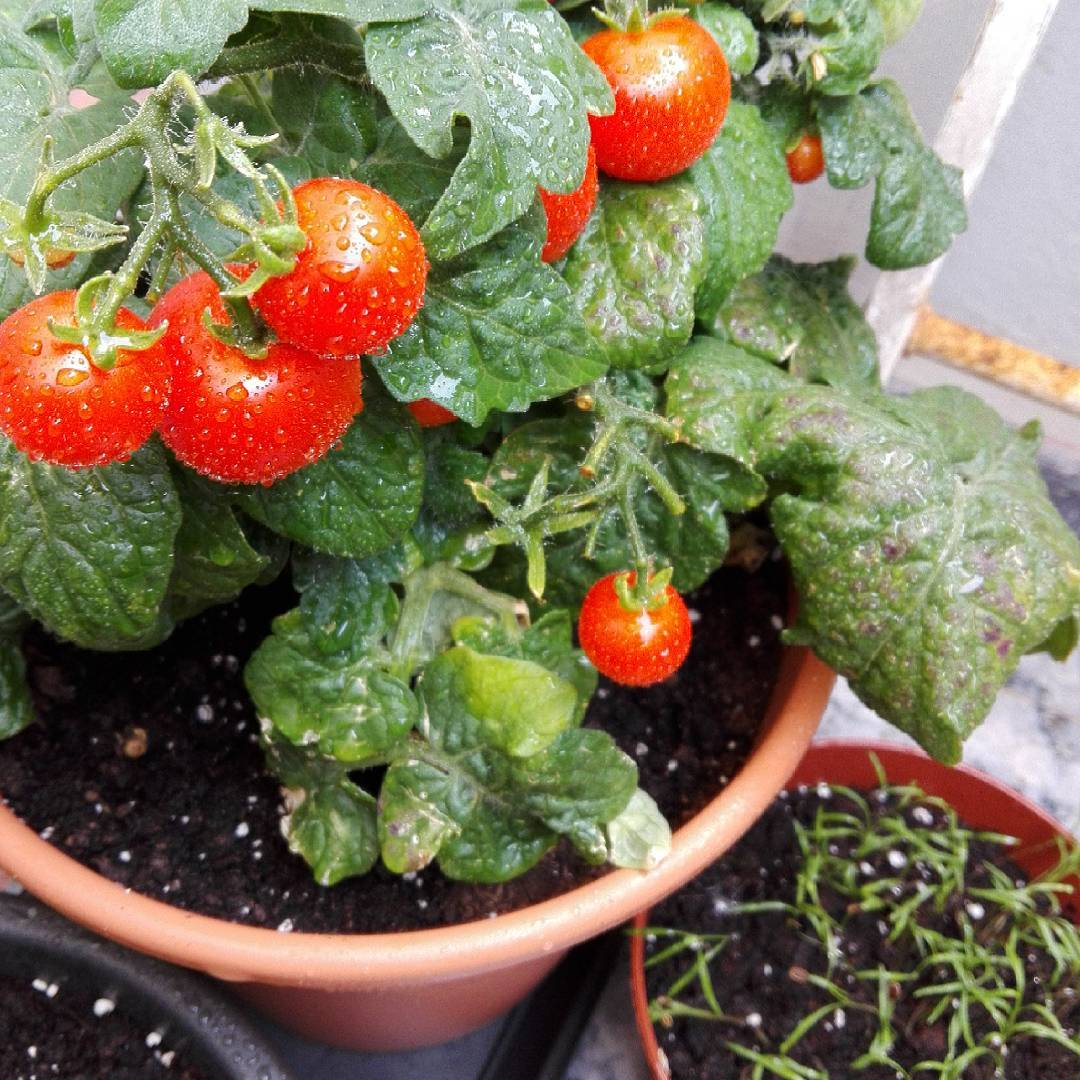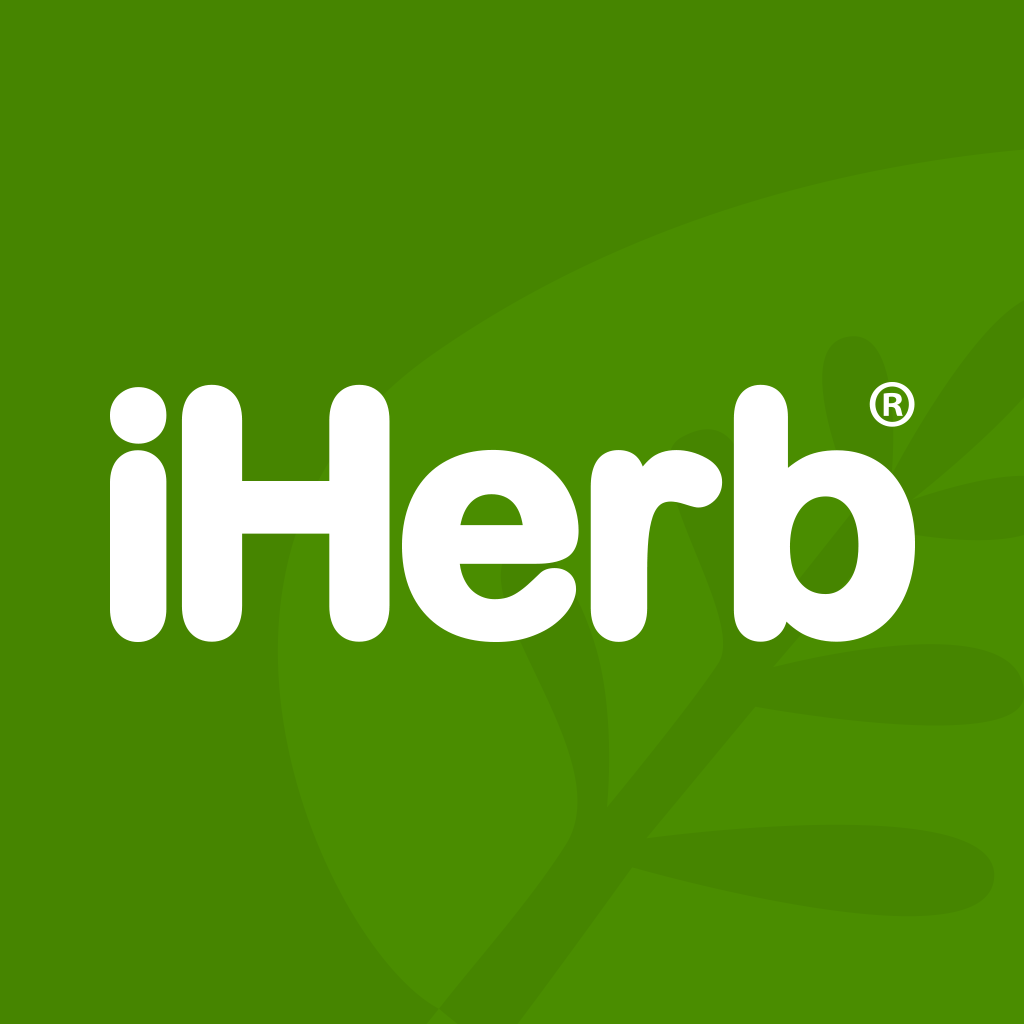In the past, we’ve discussed how to do balcony gardening and grow medicinal plants and culinary herbs. Today, we’re diving into the exciting world of growing your own delicious vegetables!
Starting an organic garden is not only a step towards being more environmentally friendly, but it has a huge perk: it can stock you with tasty vegetables and spices whole year-round!
You don’t need any previous gardening experience to do this, so let’s get started!

Set a Goal
Start by setting a goal. Consider what your endpoint is. Do you want to grow your own food to make yourself more self-sufficient? Do you have the desire to just enhance the curb appeal of your home?
Determine if you can maintain your garden yourself or if you will need help. This will let you know what you’re getting yourself into.
Select a Site
Decide where you’re going to place your garden. Make sure it gets adequate sunlight and isn’t at risk of flooding during heavy rains. Ideally, you want as much space as possible.
Do some landscaping to prepare the area. Imagine what the final result will look like and coordinate with any flower beds or external structures.
As a last resort, you could even consider hiring an allotment in the local neighborhood.

Prepare the Bed
Prepare the area by mark it out using stakes and string. As with any eco-friendly project, try to repurpose and recycle: for example, stakes can just be old pieces of garden cane or even the legs of broken chairs. Additionally, a garden hose can also work in the same way for gardens with curved borders.
Clear the area of any grass, gravel, or external structures. Purchase some compost to add vital nutrients to the garden. Dig the horse manure into the soil and turn it over. When you’re done the soil should be dark and moist.
Picking the Plants
Now is the fun part of growing your organic garden. Pick plants according to the time of the year that you start the planting. Potatoes, for example, grow from a seedling early. Planting them after April is already too late. Tomatoes should start going into your garden when the warmer spring weather starts rolling in.
Ideally, you want to grow your own plants from seedlings. Doing this guarantees there are no chemical fertilizers or trace elements getting into your gardens. Some commercial nurseries grow their plants using chemicals, so they are prone from insect abuse and grow faster.
Alternatively, you can buy locally from another organic gardener.

Planting Time!
Now is the time to plant. For young plants, dig a hole as deep and twice as wide as the root ball. For seedlings, read the back of the packets, since different plants have different requirements. Onion sets go straight into the ground, whereas carrots and lettuces need a trench pre-made for them.
Cover the seeds/plants and tamp the soil down. Give it a good watering to set it on its way; with slightly less if it’s recently rained on your soil.
Since you aren’t using any fertilizers, keep weeds away with chopped leaves, grass clippings, and shredded bark. Organic mulch also has the advantage of retaining soil moisture and preventing your plants from drying out under the searing summer weather.
Most importantly…
Enjoy the experience and benefits of having your own organic garden!
Do you grow your own veggies?
Thanks to Freepik for the unedited version of the featured image.





These are awesome tips! I’ve been thinking about growing my own veggies at home. These tips will definitely help me figure things out a little faster. Thanks!
I grow my own Rosemary, Mint, Spring onions, Apples, Raspberries…If I had more space I would grow more 🙂 Got some wee green fingers I reckon 🙂
This is a very helpful and healthy tips. I am planning to have an organic garden in my backyard. I will do this at home.